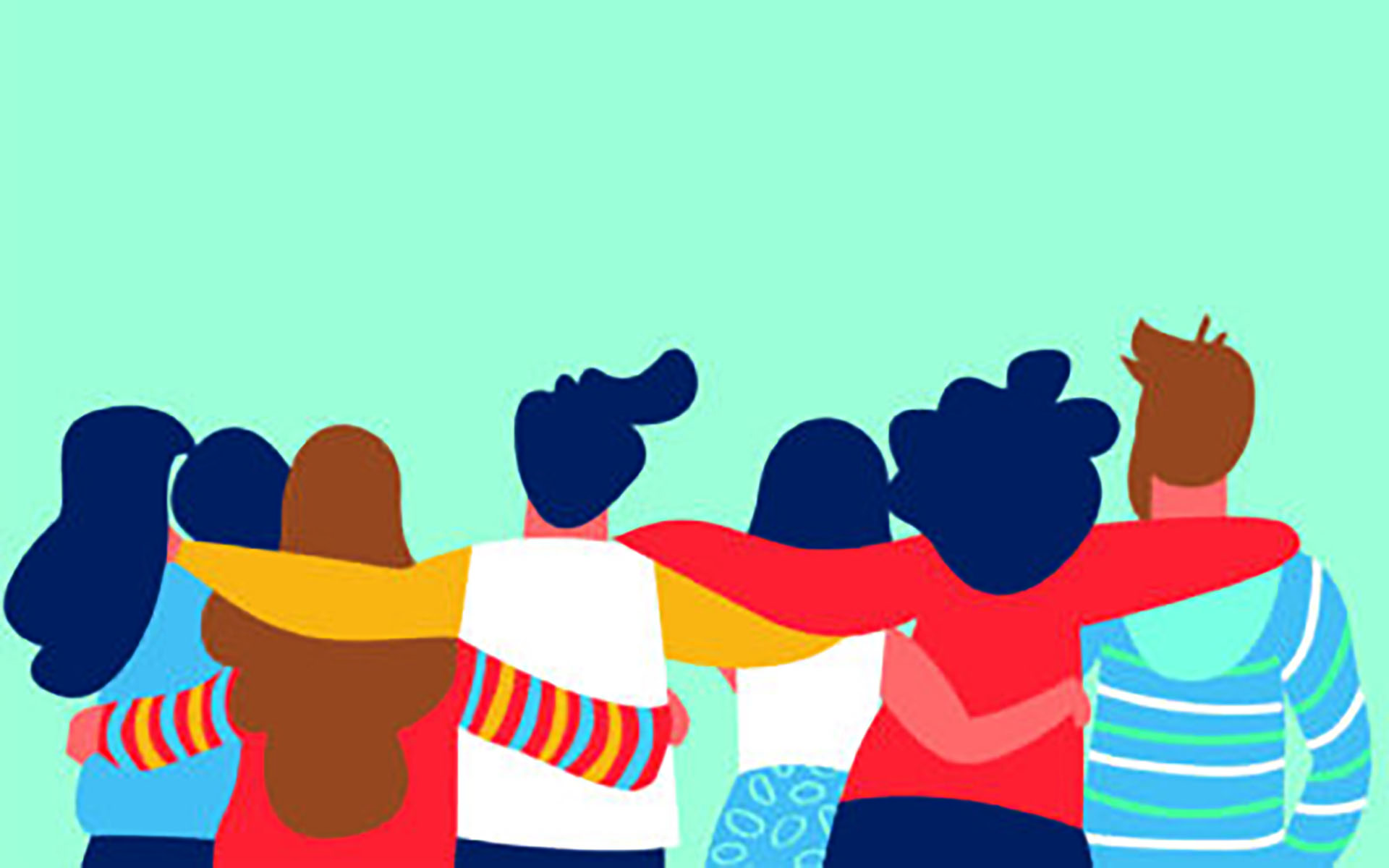If you’ve seen footage from Zuccotti Park and other locales from the Occupy world, you’ve likely seen the “human microphone” technique. (Watch Slavoj Zizek to see how it works.) Every Occupy Wall Street orator, prohibited by permit laws from amplification (and lights when night falls), stands on a box and delivers his sentences one at a time, each followed by a pause, during which the surrounding ring of listeners, perhaps 20 deep, repeats the sentence verbatim.
The repeaters, unburdened by the anxiety of creation, actually improve the clarity of the orator’s rhythm and intonation as they fall into a shared pulse. Orators learn quickly that the sentences with the highest torque are simple and well-metered; Michael Moore had to quickly drop his just-a-regular-guy banter, which in human-microphone-land makes him weak and self-deprecating. And Cornel West pulled the oration of Southern Baptism out of another decade and into the moment. Everyone speaks of spirit, and love. These are no longer ideas through this media but thrusts of embodiment that ripple through the group neurology.
Some orators attract so many listeners that multiple relay rings form spontaneously. This can slow down the oration up to fourfold, as each orbit of 20-deep repeats the sentence, and each ring forms a distinct choir: more men in this one, more women in that, a clear tenor back there, and a rowdier group who always wants to clap and cheer more than the rest.
Richard Kim’s excellent Nation piece hits on the slow-speech angle beautifully: how it increases the spectacle impact, how it delays the revelation of the “manifesto” that high-speed media demands, Here, I’d like to expand on Kim’s cogent introduction with some broader reflections on this communication revolution. My additions are about non-violent communication, embodiment, horizontality, and oral culture.
NVC.
The Human Microphone is a naturally-occurring expression of non-violent communication, as per Marshall Rosenberg and others. It is based on the first principle: reflective listening. Nothing can move forward until the sentiment of the speaker is taken to heart. (Or, into the heart, as I’ll get to later). The implicit premise is: When I offer your words back to you with the strength of my own voice, you can know that you’ve been heard.
Seeing our bodies together.
The Human Microphone, as Kim points out, is grinding out the slowest-moving discourse we have seen in this generation. It took two weeks for the General Assembly to form an opening statement of intent. Slowness is crucial, not only because it resists the tyranny of mechanized speed, but because it de-emphasizes the conceptual realm, and places the body at the center of experience.
Leveling the teacher-listener playing field.
The Human Microphone makes listeners participatory. Listeners instantly become teachers themselves. What could be more empowering in a group setting? Knowledge or sentiment that passes from speaker to listener is no longer transactional, but transformational. The listener is initiated.
The Human Microphone regenerates the intimacy of oral culture.
Prior to mass literacy, myth and knowledge were communicated chest-to-chest, in person, generally over food or other nourishment that coordinated physiological and conceptual digestion. What the Occupy speakers and listeners are doing is a return to this primal transmission, in which knowledge does not exist until it is shared, which, of course, poses an opposite paradigm to money. And in that sharing, the speaker can hear plainly what resonates in the listener’s body and oral responses, and alter her course accordingly. Watch carefully what happens when Zizek throws his papers aside and makes continual eye contact with his first ring. He’s sweating and pulling his shirt away from his sternum—or is he continually tapping his heart?
Oral culture naturally adds coolness and spaciousness to our passion.
I don’t just mean this in the sense that Marshall McLuhan did—although he might well be impressed at this most profitable de-emphasization of the visual. In ancient cultures, sound travels through the media of space and air. The Occupy movement is not a visual movement—it has no coherent visual aesthetic, except the ironic icons of Guy Fawkes masks and homemade placards, and sheer embodied ebullience. The people behind the movement have humanized the visual space, their bodies filling—occupying, in a a true and meaningful way, the streets.
And it matters not that the future is unseen, for in the present, there is presence, and this can drive our dissociation away.
Special thanks to Michael Stone for inspiring this article.
Matthew Remski is an author, yoga teacher, ayurvedic therapist and educator, and co-founder of Yoga Community Toronto. He is co-creator, with Scott Petrie, of yoga 2.0, a writing and community-building project. Visit Matthew on the web here: http://matthewremski.com/





